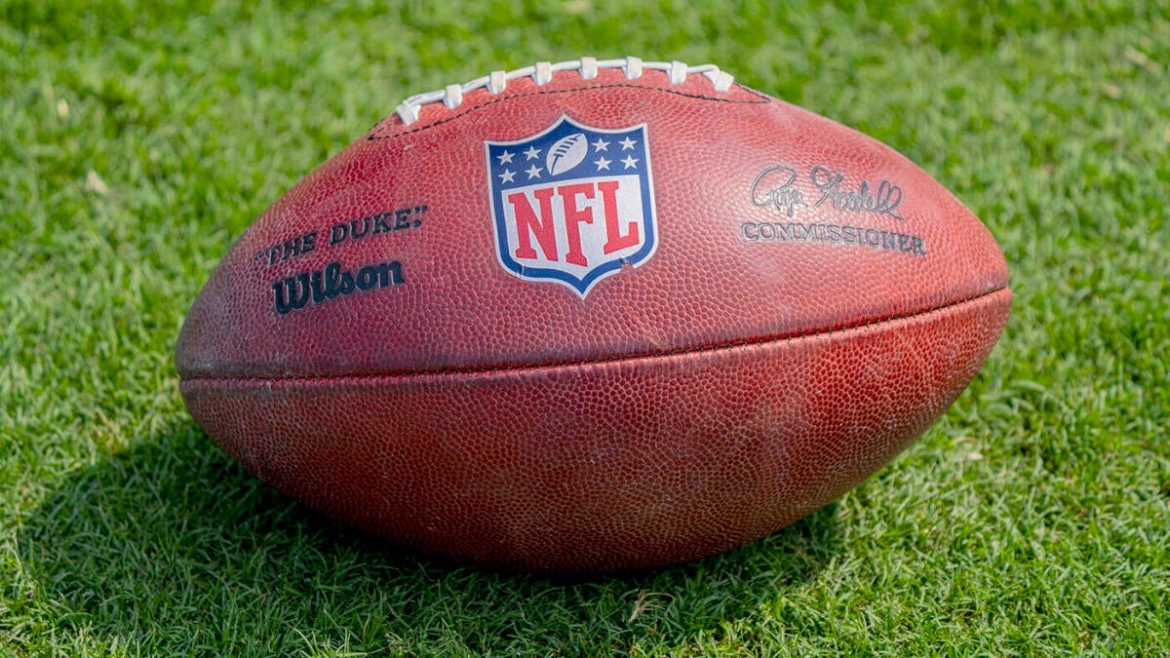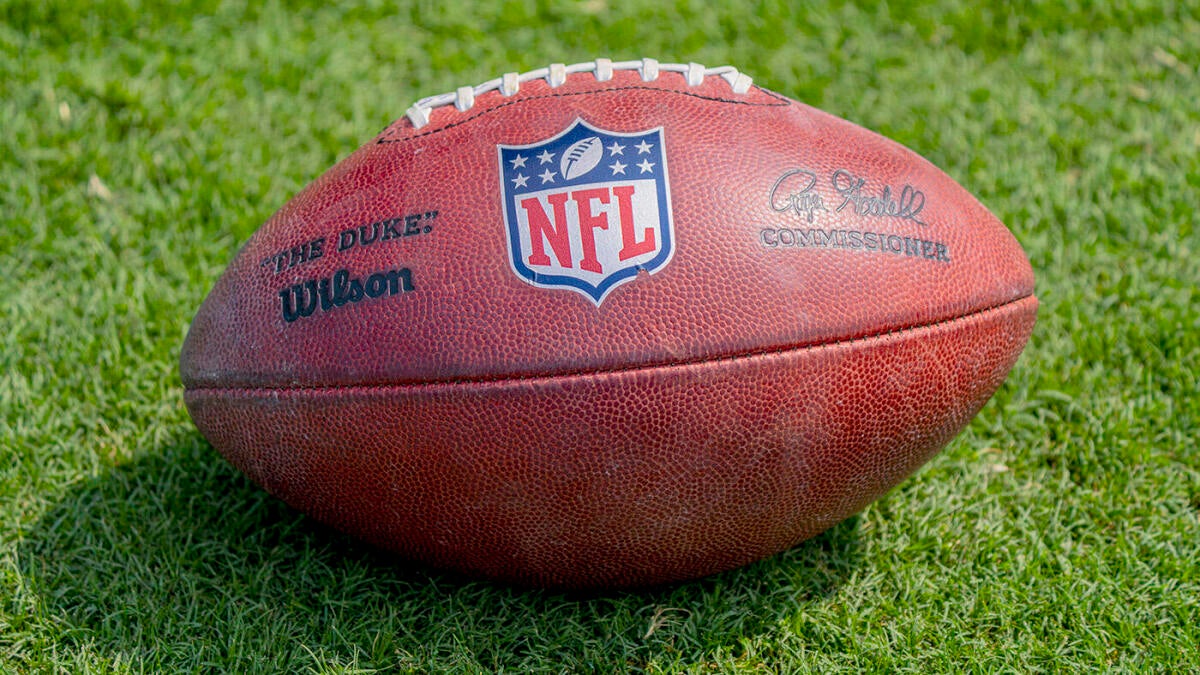The 2025 NFL Playoff Format: A Comprehensive Examination of Proposed Changes
The National Football League (NFL) is on the cusp of one of its most significant postseason restructuring efforts in recent years. With the 2025 season approaching, all 32 NFL team owners are set to vote on a bold proposal that could dramatically change how playoff teams are seeded and how the postseason unfolds. This report delves into the nature of the proposed changes, the motivations behind them, the various formats under consideration, potential impacts on competition and fan engagement, and the challenges the league faces in implementing these shifts.
The Current Playoff Format and What’s at Stake
As of now, the NFL playoff format features 14 teams: four division winners and three wild card teams from each conference (AFC and NFC). The division winners secure the top seeds and receive certain advantages like first-round byes (for the top seed) and home-field hosting rights in early rounds. The three wild card teams are seeded based on their regular-season records behind the division winners.
However, discussions and reports suggest the league wants to revisit this structure to make the playoffs more meritocratic. The proposal under review primarily concerns reseeding after the opening round and could alter how matchups are determined. Unlike the current system—where division winners automatically earn higher seeds regardless of records—the new model aims to seed all playoff teams strictly by their regular-season winning percentages once they reach the postseason, potentially placing a strong wild card team ahead of a division winner with a weaker record.
Proposed Changes and Format Options
Reseeding After the First Round
One of the key elements in the proposed changes is reseeding playoff teams after the wild card round. This means that following the elimination of the initial teams, the remaining clubs will not follow a predetermined bracket but will be reseeded based on their records.
– Merit-Based Incentive: This repositioning could reward the teams with the best records more appropriately, ensuring the highest seed always faces the lowest seed that remains in the playoffs.
– Competitive Fairness: It removes potential disadvantages that might arise when weaker division winners leapfrog strong wild cards simply due to divisional placement.
Maintaining the 7-Teams-Per-Conference Structure
According to proposals, the playoff structure would still feature seven teams from each conference—four division winners plus three wild cards. The difference lies solely in how these teams are seeded once they make the playoffs.
– Division Winners Qualify: The new rules would not remove the automatic qualification of division winners.
– Wild Cards Seed Placement: Wild cards, based on regular-season performance, could be seeded higher than division winners with inferior records.
Alternative Suggestions in the Discussion
Some discussions point toward even more expansive playoff formats, such as eight or nine teams per conference, thereby increasing postseason participation to 16 or 18 teams total. Advocates argue this would:
– Increase Inclusion: Let more of the league’s best squads compete in the postseason.
– Retain Competitive Integrity: Reward strong teams regardless of divisional standings.
However, the upcoming vote focuses on the reseeding and seeding structure of the existing seven-team format per conference rather than expansion.
Motivations Driving the Proposed Changes
Addressing Perceived Inequities
Much of the momentum toward reseeding stems from frustrations with the current format, where division winners with subpar records gain playoff seeding advantages over wild card teams with stronger records.
– Example: Teams with inferior win-loss tallies sometimes earn higher seeds and home-field advantage merely due to divisional dominance.
– Competitive Disparity: This can lead to perceived mismatches in earlier playoff rounds, reducing overall fairness.
Increasing Excitement and Creating Incentives
By seeding all playoff teams strictly according to regular-season performance, the NFL hopes to:
– Keep Fans More Engaged: Higher seeds will earn earned rewards, decreasing the incentive to rest starters late in the season.
– Tournament Integrity: Ensuring the best teams advance with home-field advantages can yield higher quality and tension in playoff matchups.
Owner and Fan Support
Initial surveys and informal meetings suggest a mix of support and opposition among owners and fans:
– Some owners see reseeding as a necessary modernization.
– Others worry it diminishes the importance of division titles.
– Fans appear split; some admire the fairness argument, while others value traditional rivalries.
Potential Impact of the Changes
On Teams and Strategy
– Road to Championship: Higher-seeded teams could encounter more favorable matchups, raising the importance of every regular-season game.
– Division Strategy: Divisions remain critical for playoff qualification but less influential for seeding, which could alter how teams prioritize divisional games.
– Wildcard Value: Wild card teams with strong records may feel more motivated, knowing they can secure advantageous seeding.
On Scheduling and Venue Allocation
– Home-Field Dynamics: Reseeding ensures the highest seed remaining hosts games, potentially reducing logistical inconsistencies or perceived unfairness.
– Travel and Planning: Dynamic brackets complicate travel scheduling but might improve competitive balance.
On Viewer Engagement and League Business
– Enhanced Drama: Playoffs that reward winning records can increase excitement and viewership.
– Revenue Implications: More consequential games and equitable seeding could boost ticket sales, broadcast ratings, and overall league profitability.
Challenges and Considerations
Securing Enough Votes
Rule changes require approval from at least 24 of the 32 owners. Though initial votes and negotiations indicate possible support, consensus is not guaranteed.
Balancing Tradition and Innovation
The NFL thrives on historical rivalries and division battles. Altering playoff seeding policies risks alienating purists who value division primacy as a key NFL characteristic.
Complexity and Communications
Implementing reseeding after each round introduces complexity:
– Fan Understanding: Fans will need clear explanations of the new format.
– Broadcast Presentation: Networks will need to adapt commentary and visuals to accommodate reseeding dynamics.
– Team Preparation: Coaches and staff must plan for a wider range of opponent scenarios.
Conclusion: A Turning Point in NFL Postseason History
The proposed NFL playoff format change slated for a vote during the 2025 offseason meetings represents a crucial moment for the league’s postseason architecture. Moving toward a seeding system that honors regular-season records above divisional status reflects a desire to balance fairness, competition quality, and fan engagement. While the debates surrounding tradition, competitive incentives, and logistical challenges remain, the league’s willingness to explore such a significant shift signals an era of modernization designed to enhance the sport’s integrity and excitement.
If ratified, this change will not only impact team strategies and postseason narratives but may also redefine how NFL fans experience the intensity and stakes of playoff football in the years to come. The 2025 season could thus usher in a new chapter where the postseason truly reflects who played best over the entire regular season.





